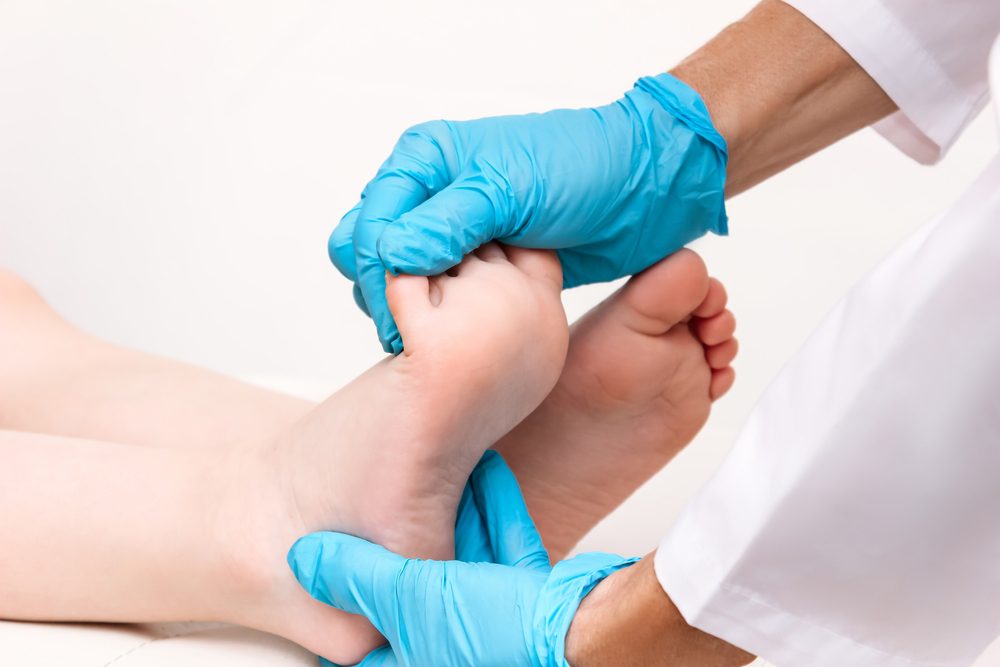There are different types of feet. Egyptian, square, and Greek feet can be distinguished by the length and placement of their toes, as well as by the shape of their foot’s arch (flat foot, cavus foot). In this article, we will focus on the first criterion, which is the placement of the toes. Knowing these traits can help you better understand your morphology and the effects it might have on your body and day-to-day activities.
What do we mean by “different types of feet”?
The length and arrangement of the toes allow us to categorize the three main types of feet—the Egyptian foot, the square foot, and the Greek foot—despite the fact that each foot is distinct and unique. This morphology will have an impact on both the health of your foot (some pathologies affect some foot types more than others) and how you wear your shoes.
Please be aware that this must not be distinct from the footbed, which results in a different classification of the shape of the feet based on the foot’s arch (regular, flat or cavus foot).
The Egyptian foot
About 50% of people have this type of foot, making it the most widespread. It is distinguished by having a first toe that is longer than the other four, which shortens and forms a slope.
Due to its narrower and more tapered shape, the Egyptian foot is the most comfortable to fit. This shape is the foundation for many shoe designs, giving people with this foot type a wide range of options. To avoid compressing your big toes, it is crucial to make sure the shoes you choose have enough room for it in both lengths and widths.
When it comes to pathologies, those with this plantar morphology may experience hallux rigidus or hallux valgus, which causes the big toe to turn inward (osteoarthritis of the big toe). However, they are less prone to issues with ingrown toenails. Therefore, the podiatrist should keep track of how the foot is changing over time and, in the event of complications, can recommend plantar orthoses to relieve and correct the foot.
The square foot
Around 27% of the population has a square foot, also known as the Roman foot. The first two toes and even the third toe are the same lengths in this type of foot. This alignment creates a well-known square shape.
Given that the front of the foot is wider, this morphology is not the easiest to fit and necessitates shoes with sufficient room. There must be enough space between the toes, and they should not be crammed. Ingrown toenails, corns, calluses, hallux valgus, and Morton’s neuroma are a few of the issues that could stem from this. The best course of action is to stay away from pointed or excessively narrow shoes and opt for styles with a wide rounded, or square toe instead.
The Greek foot
The Greek foot is defined by a second toe that is longer than the others. Only about 23% of the population have this type of foot.
The second toe should always be taken into account when choosing shoes because it is the longest. The models that fit this morphology the best have long, round or pointed toes. They will prevent the development of deformities brought on by the second toe folding inward due to a lack of room (such as hammer toe or claw toe).
Additionally, those who have a Greek foot may be more prone to calluses or first- and second-metatarsal pain. They may be advised to wear comfortable, well-fitting shoes in addition to receiving treatments for callus removal, as well as opting for foot orthoses.
It is crucial to understand your foot type
Foot type is not just a matter of aesthetics; it also serves as a useful predictor of certain pathologies, how to avoid them, and the best type of footwear to wear. Consult a FootNetwork podiatrist if you experience any particular pain so that he or she can assess your foot type and provide you with the appropriate care.

